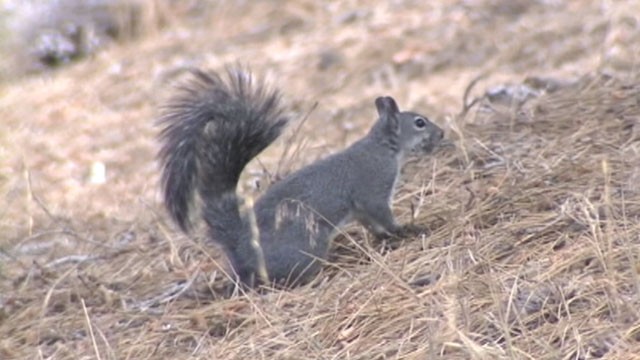In a startling turn of events, a campground in Los Angeles has shuttered its doors due to an alarming outbreak of the plague, a disease that, while often relegated to historical accounts, remains a present-day peril in certain regions. This decision to close the campground stems from the discovery of a plague-infected squirrel, prompting health officials to take immediate action to safeguard public health and prevent further contamination. The closure serves as a stark reminder of the potential risks associated with wildlife encounters, even in areas that seem remote from the wilderness.
The implications of this outbreak extend beyond mere inconvenience for campers and outdoor enthusiasts. First and foremost, public health officials are emphasizing the importance of vigilance and education regarding plague symptoms, which can range from fever and chills to more severe manifestations such as pneumonia if left untreated. Recognizing these signs early is crucial to effective intervention, particularly for those engaging in outdoor activities where encounters with wildlife are more probable.
Moreover, this incident underscores the intricate relationship between wildlife and urban settings. The encroachment of urban areas into natural habitats often increases the likelihood of interactions between humans and wild animals. Squirrels, along with other rodents, can be vectors for the Yersinia pestis bacterium, which is responsible for the plague. As such, health experts advocate for appropriate measures to discourage wildlife from inhabiting areas frequented by humans, including proper sanitation and waste disposal practices.
In the wake of this closure, visitors to the region can expect a series of educational resources aimed at informing the public about safety precautions. Campsites, parks, and recreational areas may implement new guidelines to mitigate risks associated with wildlife, including how to appropriately store food and dispose of waste. Furthermore, the sharing of knowledge regarding the necessity of rodent control practices in residential areas is likely to be emphasized as a preventative strategy.
Additionally, this unsettling event may provoke discussions regarding the overall health of ecosystems in urban environments. The interconnectedness of species and the potential for zoonotic diseases—those that can jump from animals to humans—calls for continued research and awareness. Local authorities may enhance monitoring efforts to detect and respond to any similar incidents, aiming for proactive rather than reactive measures.
Ultimately, the plague’s intrusion into a familiar leisure setting serves as a cautionary tale. While nature offers a rich tapestry of experiences, it also demands respect and caution. As individuals prepare for future excursions, an understanding of the underlying risks associated with wildlife, coupled with knowledge of how to ensure safety, is essential in allowing everyone to enjoy the great outdoors without fear.
